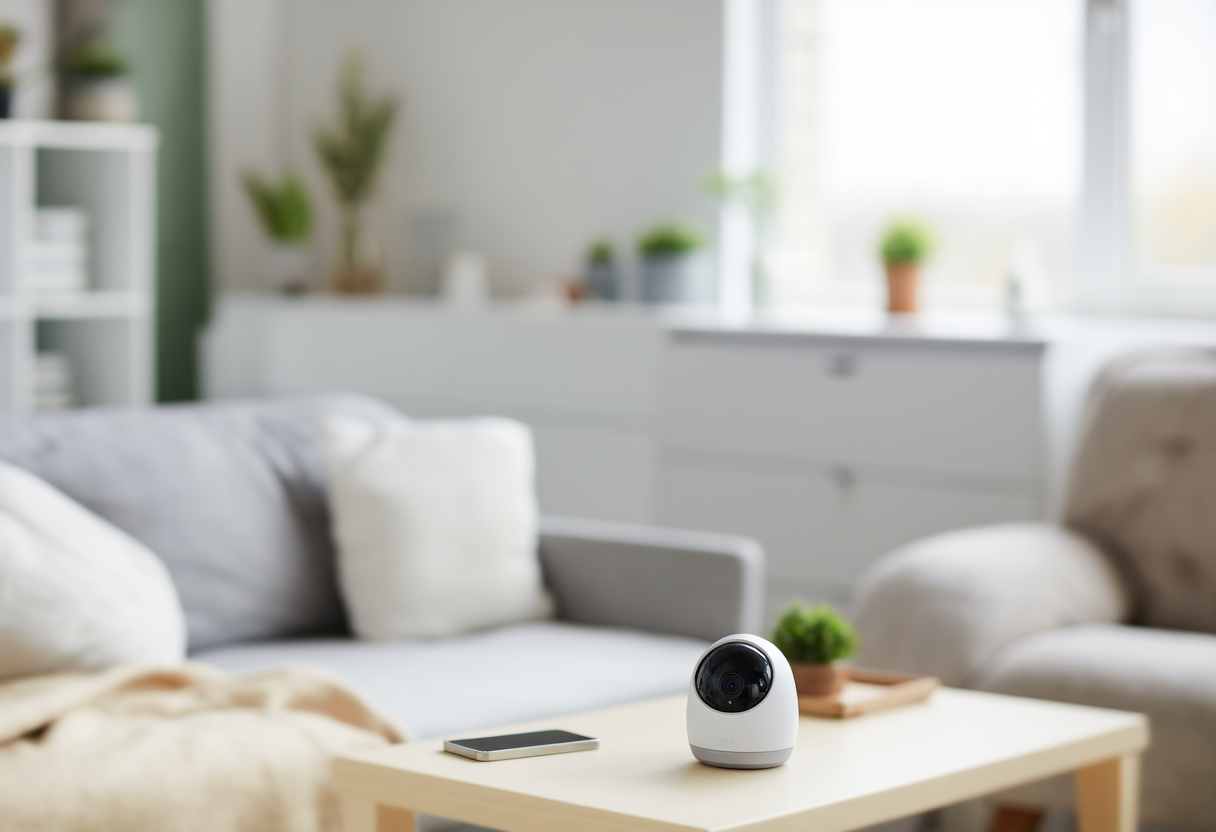Unlocking the Future of Home Security: The Impact of Wireless Security Cameras
Wireless security cameras are revolutionizing home security systems, significantly enhancing safety and surveillance. Their seamless integration with smart home devices, affordability, and ease of installation make them a favorite among homeowners. This article explores their benefits, potential drawbacks, and the future of security technology, aiming to inform and guide consumers in making informed choices.
Understanding Wireless Security Cameras
Wireless security cameras have emerged as a vital component in modern home security systems. These devices allow homeowners to monitor their premises without the hassle of extensive wiring. By using Wi-Fi to transmit video and audio data, a wireless security camera can be easily installed in various locations, both indoors and outdoors. This flexibility makes them suitable for diverse security needs. Furthermore, advancements in technology have led to cameras equipped with features such as night vision, motion detection, and two-way audio, all contributing to improved surveillance capabilities. As homeowners increasingly recognize the importance of security, the proliferation of wireless security cameras is anticipated to rise.
The Advantages of Wireless Security Cameras
One of the primary advantages of wireless security cameras is their ease of installation. Unlike wired cameras that require professional installation, wireless options can often be set up by the user within minutes. This not only saves time but also reduces costs associated with installation. Additionally, the portability of wireless security cameras allows users to move them as needed, ensuring coverage in various areas of their homes. These cameras also typically offer greater flexibility in terms of viewing options, allowing users to access live feeds remotely through their smartphones or computers. This level of accessibility is crucial, especially for those who travel frequently or have multiple properties to monitor. In summary, the benefits of wireless security cameras make them an attractive choice for homeowners seeking to enhance their security.
Potential Drawbacks of Wireless Security Cameras
Despite their numerous advantages, wireless security cameras are not without their drawbacks. One significant concern is the reliance on Wi-Fi connectivity. If a home's internet goes down or is disrupted, the functionality of these cameras may be compromised. Additionally, wireless security cameras may be susceptible to hacking if not properly secured. Users should implement strong passwords and regularly update their software to safeguard their systems. Another point to consider is the battery life of many wireless models. While some cameras are battery-powered for convenience, they require regular charging, which may lead to gaps in surveillance if users are not diligent in maintenance. Therefore, potential buyers must weigh these factors when considering wireless security cameras.
Feature Comparison: Top Wireless Security Cameras
When evaluating wireless security cameras, various features should be taken into account. Essential functionalities include resolution quality, field of view, and storage options. Higher resolution cameras provide clearer images, which can be critical for identifying intruders. Furthermore, a wider field of view allows for comprehensive monitoring of larger areas. Storage options such as cloud storage versus local recording should also be considered based on user preference and budget. Some popular models include offerings from brands like Ring, Arlo, and Nest, each with unique features catering to different user demands. Exploring these options can aid consumers in selecting the ideal wireless security camera for their home.
The Future of Wireless Security Technology
The landscape of wireless security technology is rapidly evolving. Innovations such as artificial intelligence and machine learning are increasingly being integrated into wireless security cameras. These advancements facilitate features like facial recognition and advanced motion detection, making monitoring even more efficient. Additionally, the emergence of smart home ecosystems will allow for the seamless integration of wireless security cameras with other smart devices, providing users with greater control over their security systems. As consumers grow more conscious of safety and technology advances continue, the demand for advanced wireless security solutions is expected to skyrocket, propelling the industry into a new era of smart security.
Conclusion: Making Informed Choices
In conclusion, wireless security cameras present a modern solution to home security challenges, offering several benefits along with a few considerations. Homeowners should evaluate their specific needs, including installation ease, features, and potential vulnerabilities, when selecting a wireless security camera. As technology continues to progress, these devices will become even more integral to home security strategies. By understanding the landscape of wireless security cameras and their implications, consumers can make well-informed decisions that enhance their safety and peace of mind.
